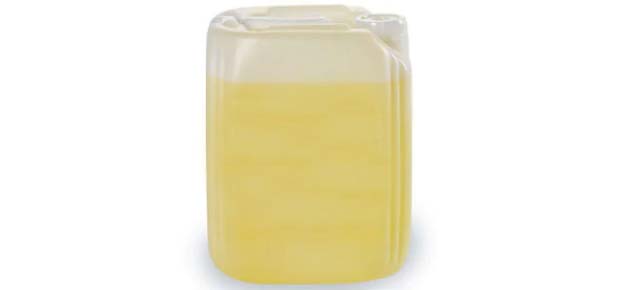16 September 2010- Spotting and filming on dishes have been a popular complaint of those using dishwasher. To help users out of this problem, manufacturers of dish washing products have given the excellent rinse agents to be used in dishwasher for getting spotless dishes. However, many users still face the problem of films and spots on their dishes. This is mainly due to the quality of water used for washing dishes. Hard water and soft water both have their sets of problems while using dishwasher rinse agents. Here we give you some solutions related to using rinse agents with hard as well as soft water!
Using Dishwasher Rinse Agent with Hard Water
dishwasher rinse agents are mainly aimed at using with hard water or water having mineral impurities. However, many people using rinse agents still do not get any relief from spots. Here are some tips for using rinse agents properly if you have hard water where you stay.
- Try using liquid rinse aid. This will help in eliminating spotting and filming. Always keep the rinse aid dispenser filled.
-
Spotting and filming is not always the problem due to rinse agent, it could be your dishwasher powder too. Use the right amount of detergent and remember to use fresh dishwasher detergents only. One tablespoon per load is the minimum requisite amount that you must use with normal water. When it comes to heavy soil or hard water, you should use extra detergent. Always store your detergent in cool and dry place.
-
Sometimes low pressure of water is also responsible for not getting clean dishes. Check and keep your home water pressure at 20-120 psi. If you can not make out whether the water pressure in your home is adequate or not, fully open the faucet that is nearest to the dishwasher. Now place a 1-quart container under the faucet. If it takes more than 9 seconds to fill the container, the water pressure is low. To have high pressure water, you may use a booster pump.
-
Along with water pressure, low temperature too can be the problem. To get best results from your rinse agent, keep the temperature of water at 120 degree F when it enters the dishwasher. You can get your water heater thermostat set for the required temperature. To determine the water temperature, run hot water at the faucet nearest to your dishwasher for at least one minute. Now place a candy or meat thermometer in a glass measuring cup and check the temperature on the thermometer as the water runs into the cup.
-
You can even use white vinegar rinse to remove spots and film from dishes. This can be really helpful for removing cloudy film on dishes and glassware. For using white vinegar rinse, wash and rinse dishes using an air-dry or an energy-saving dry option. Remove all silverware or metal items and put 2 cups of white vinegar in a glass or dishwasher-safe measuring cup on the bottom rack. Now run the dishwasher through a complete washing cycle using an air-dry or an energy-saving dry option. In this case, do not use detergent as the vinegar will mix with the wash water.

Using Dishwasher Rinse Agent with Soft Water
If your home has got soft water or if you are using water softener, you may see spots on your dishes when using dishwasher rinse agents. In the first place, you do not need to use rinse agents in soft water because soft water doesn't leave any minerals behind. Secondly, rinse aids create foam in soft water and dishwashers are not capable of pumping foam and thus you have all those spots and films on the dishes. However, if you had always seen spotless dishes even after using rinse agents with soft water except for the last few times, it can be a problem with the rinse aid dispenser. A malfunction in it can cause too much rinse aid to be dispensed at a time. Keep the following points in mind when using rinse agents with soft water.
- Set the water softener in a manner that it does not deliver water softer than 3 grains per gallon. Soft water is categorized at 1 to 3 gpg, so 3 is still soft water.
-
Check the spray arms of your dishwasher having lots of holes in them. When water is forced through holes, the arms start rotating. Check that the holes are not plugged. If so, water pressure will not be able to make the arms rotate. As a result, the dishes will not come clean.
-
Also check the water level when the dishwasher stops filling with water. You can open the door and check the water level which should be somewhere around the height of the heater placed at the bottom.
-
Lastly, you must also make sure that the drain hose has a high loop between the dishwasher and the final drain point. This means that the drain hose should be tied up against the bottom of the countertop at some point, as high as it can go. At this particular unit, there should also be a loop on the left side of the dishwasher which should be about 15 to 18 inches high. Although this loop is set at the factory, some installers take it loose to get more length in drain hose.
After reading the above tips for using dishwasher rinse agents with hard water and soft water, one thing gets clear that best results for spotless dishes does not solely depend upon the rinse agents or even detergents and other dishwashing products but also upon the water pressure and temperature as well as proper functioning of dishwashers. So, get fixed all sorts of problems before using rinse agents!
Related Articles


